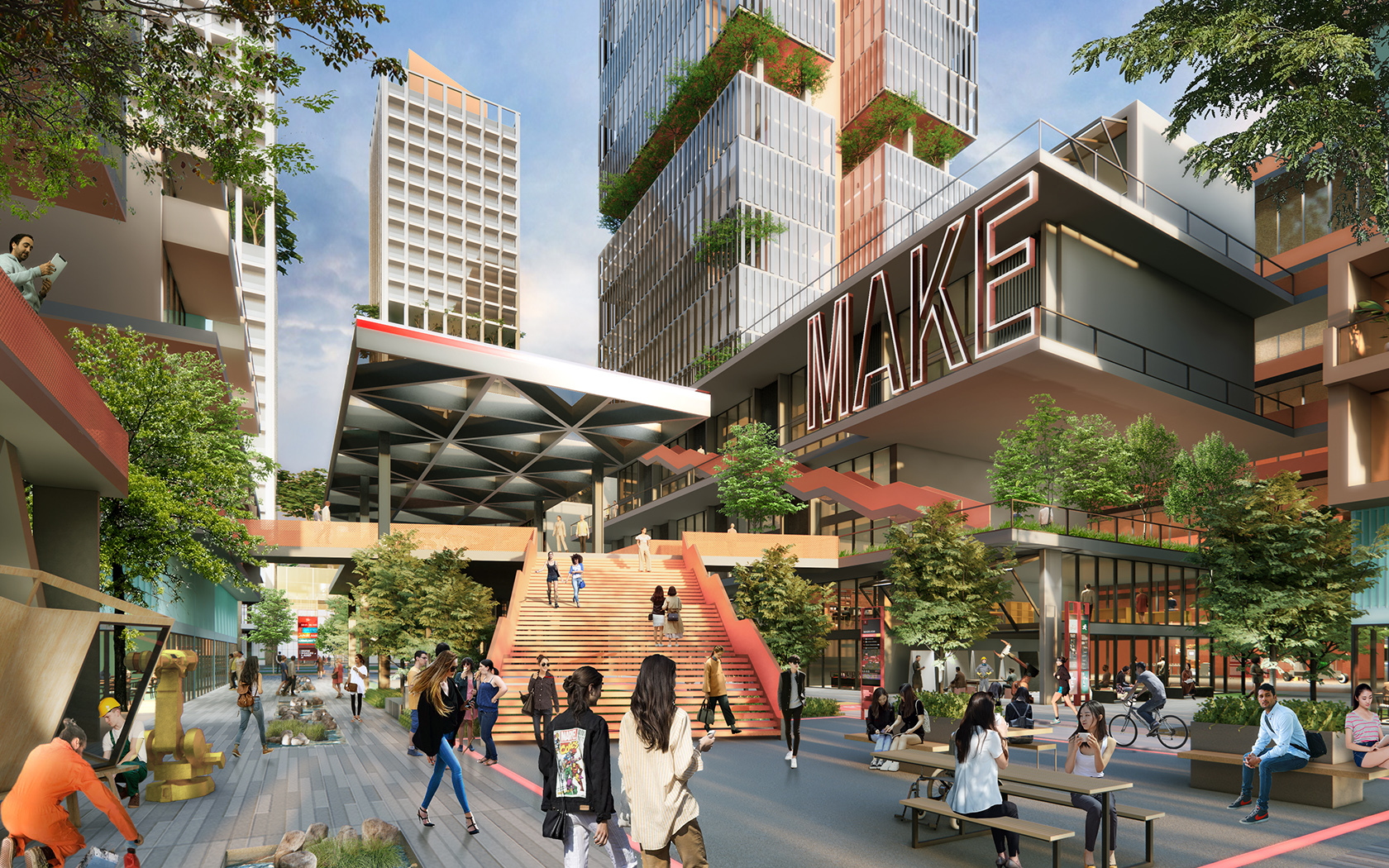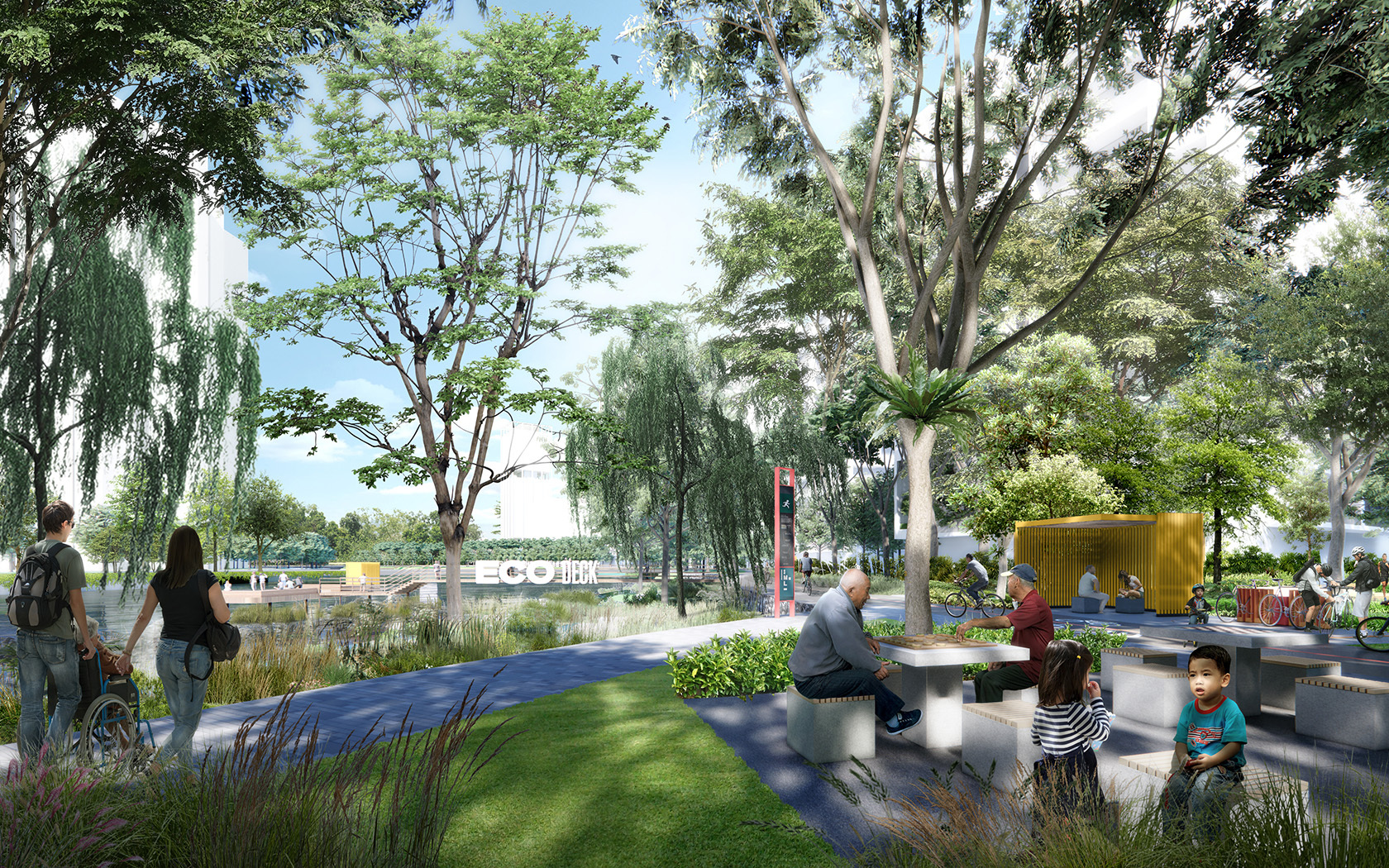On 31 October 2025, the global observance of World Cities Day will take place in Bogotá, with a focus on the potential of smart technologies to transform urban living. The benefits of smart cities and the opportunities that they can offer have become a well-rehearsed debate; the argument circling around whether our cities should be considered natural organisms of human interaction that self-regulate in their development, or more formalised systems requiring supported organisation and structure, lending themselves to improvement through technology and automation. Into this debate can be thrown the sensitive nature of surveillance, competing commercial motivations and the question of which stakeholders benefit the most. When viewed in the context of different approaches to governance around the world, a complex picture emerges in which one size doesn't fit all. Strategies for implementing smart technologies must be carefully balanced against the priorities of individual cities and their presiding social and political cultures.
Early adopters of a smart city approach include Rio de Janeiro, where in the early 2000s the municipality and IBM partnered for ways to bring "smart city" use cases for public services and infrastructure, including waste collection, transportation, and public safety. A well-documented example of the benefits of this approach came in 2012, when three buildings collapsed and IBM's "Operation Centre" supported decision-making by directing emergency services, shutting down gas and power stations, and closing nearby subway lines, while also sharing updates on social media to help the public avoid blocked streets.
A more strategic, long-term application of smart technology can be seen in Singapore, a city-state facing population pressures and the challenge of optimising its limited land resources. To better utilise its scarce land and identify areas most at risk for flooding, wind load and heat islands, the Singapore Land Authority (SLA) began developing a 3D map of the country in 2012. Using data from scanning by land and air, terrain and surface information have been recorded to a minute level of detail. SLA then combined all these data sets into a single platform, which has now been launched as the first “Digital Twin” of an entire country. Shared across government agencies, this is now helping with planning and property development, green space management, as well as modelling different scenarios of extreme weather, flooding and sea level rise to plan for appropriate mitigation.

Paradoxically, in the month that we celebrate "people-centred smart cities”, a global outage by Amazon Web Services occurred, affecting cloud infrastructure and impacting travel and professional services worldwide for up to 15 hours. This poses the question of how to strike a balance between a data-centric approach to our society and creating an accommodating framework that takes into account future potential outages, thereby minimising disruptions to core services. While the benefits of smart city approaches are now evident, these are important questions still to answer, as the complexity and speed of data collection are combining with AI and machine learning to accelerate their impact.. Ultimately, what are the opportunities and challenges around smart cities that are specific to that city and its inhabitants? Who are the people who are impacted directly or indirectly? And how can we make sure that citizens feel that they are part of the decision-making on the correct smart city systems to be implemented?
Ed Baker, Head of Urbanism at Broadway Malyan, has observed the adoption of smart city technologies worldwide.
“Already influencing the real estate and construction economies, Singapore’s Digital Twin represents the power of data to help us plan and take the guesswork out of integrating resilience into our built environment strategy. As masterplanners and urban strategists, we bear a unique burden in facing the Climate Crisis. It is our responsibility to do all we can to mitigate the extremes which threaten us, both economically and existentially. Data modelling offers a valuable lesson from the Singapore experience, with insights into the type of strategies and tactics that must be adopted. While a similar model might not be possible in the UK, as our data governance differs vastly from that of Singapore, local authorities do have the capacity to set up similar models. As the scale of the climate emergency becomes apparent, we need to harness and interpret data to respond meaningfully.”
Andrew Victory, Broadway Malyan’s Global Director of Digital Design, concludes
“As the real and digital worlds become ever more intertwined, our human senses, interactions, and experiences connect us to the physical world—while data, information, and purpose drive the digital one. Smart cities sit at this intersection, continually evolving through new and existing use cases that apply technology to the challenges and opportunities of urban life around the globe. One thing is certain: smart cities are here to stay, shaped by the people who live in them and who continue to determine how technology enhances our daily experiences."
